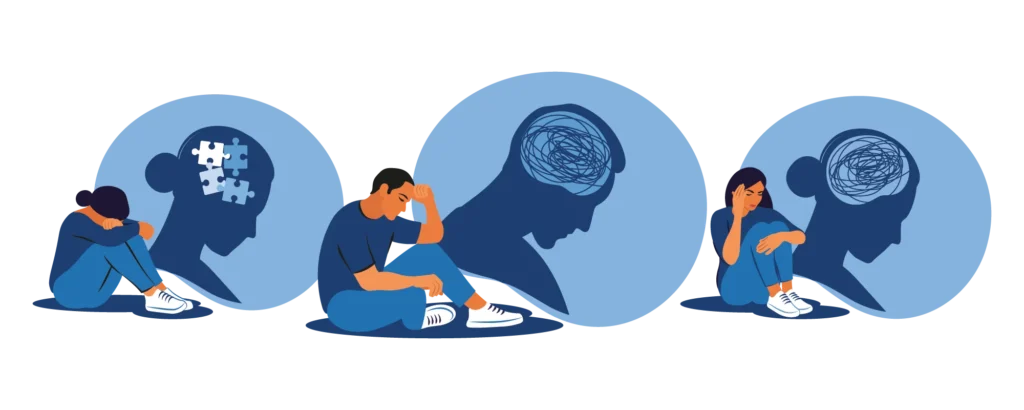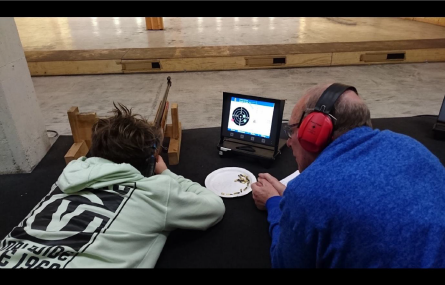From Target-Shooting Arenas to Home Gel Blasters: Building Focus and Control for ADHD Children
Keywords: ADHD, attention training, target-shooting arena, Gel Blaster, Nerf, parent supervision, focus improvement, structured feedback
Table of Contents
Introduction: How ADHD Focus Training Extends Beyond Medication
Attention-Deficit/Hyperactivity Disorder (ADHD) affects around 5–7 % of children worldwide.
Symptoms such as inattention and impulsivity often disrupt learning and self-control.
While therapy and medication remain standard approaches, research shows that structured motor-cognitive activities can also train the brain to focus better.
Among them, target-shooting arena programs stand out as a model of ADHD focus training that combines physical precision with data-based feedback.

Evidence from Target-Shooting Research
Denmark Study – Quantified Feedback Improves Concentration
In 2019, the University of Southern Denmark tested 128 children aged 10–14 with ADHD symptoms in a six-month target-shooting program.
Although teacher scores showed minor change (Δ = 2.23; p = 0.193), parent ratings improved significantly (Δ = 4.76; p = 0.024), and reaction-time variability decreased (Δ = 36.96; p = 0.013).

During target-shooting practice, the student takes aim while the monitor provides immediate feedback, guided by a supportive, certified instructor. This setup reflects the structured learning environment that helps participants focus, adjust their actions, and develop better control. (Photo by Trond Jære.)
“Every shot created instant data that taught participants how to self-adjust attention and control,” explained A. G. Månsson.
Source: Psychiatry Research, 2019
This form of quantified ADHD focus training demonstrates how a feedback loop – prepare → aim → trigger → review – turns a sport into cognitive discipline.
Norway Study – Long-Term Attention and Self-Regulation
A 2022 study at the Norwegian University of Science and Technology (NTNU) followed 12 adolescents with attention difficulties in a seven-month shooting program.
Participants improved in “information registration,” “short-term recall,” and “resistance to distraction.”
“The external feedback gradually became internal self-control,” noted lead author Løhre.
Source: Heliyon, 2022
Together, these findings suggest that structured feedback – not firearms or competition – is the core of effective ADHD focus training.
Bringing ADHD Focus Training Home
Formal shooting arenas offer professional data systems but require age limits, safety courses, and membership.
At home, children can apply the same principles with simpler, safer tools like Gel Blasters or Nerf toys.
Practicing in a familiar environment tests whether focus skills carry over to daily life – a key goal in ADHD focus training.
Structured Home Practice with Gel Blasters and Nerf
Turning Play into Attention Exercise
Gel Blasters (water-gel projectiles) and Nerf blasters (foam darts) are safe, low-impact devices that train hand-eye coordination, timing, and self-control.
When guided by parents, they become an interactive form of focus practice instead of free play.
Parent-Guided Routine
- Set measurable goals – “Ten shots; aim for six hits.”
- Add pauses – Wait three seconds before each trigger pull.
- Record results – Note accuracy or consistency after each round.
- Give feedback – Discuss what improved and what needs work.
- Prioritize safety – Protective eyewear, no aiming at people or glass.
Over time, children build focus and patience through these repetitions – the foundation of ADHD focus training at home.
Recommended Tools for At-Home Practice
Parents starting this routine can choose safe, lightweight models.
The Fire Rat Gel Blaster offers low-impact shots and simple controls, ideal for younger players learning discipline and focus under supervision.
For those preferring foam options, the Nerf Blaster Collection provides similar goal-setting and reaction-control benefits with soft darts.
Both tools support attentive play when paired with clear objectives and calm feedback.
From Arenas to Living Rooms – Transferring Focus
Arena practice teaches attention through structure; home practice tests it through distraction.
If children maintain composure and accuracy in a casual setting, their focus is no longer dependent on environment – it has become internalized.
That is the true measure of successful ADHD focus training.
Conclusion: Structure Over Equipment
Research from Denmark and Norway proves that data-driven activities can sharpen attention and self-control in ADHD.
By translating those principles into daily play, parents can create a home-based program that feels fun yet purposeful.
It’s not about the toy – it’s about the structure, feedback, and mindset behind it.
When guided responsibly, even soft-impact blasters become effective tools for improving focus and confidence.
Secure Payments
Exclusive Discounts
After-Sales Support
Price Match Support
Fast Global Delivery
CN Warehouse • 10-20 Day Delivery